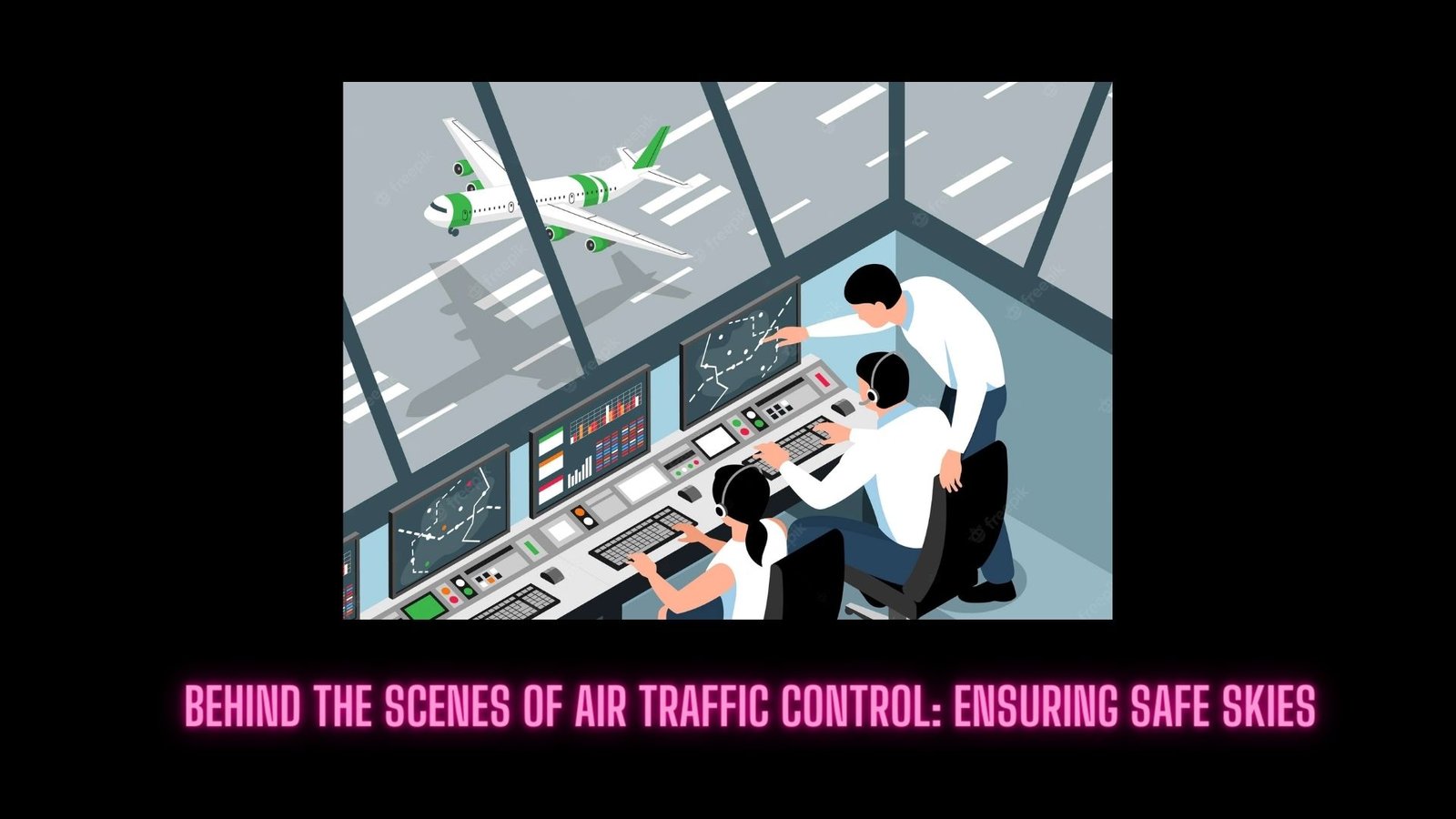Behind the Scenes of Air Traffic Control: Ensuring Safe Skies
Air traffic control (ATC) is a vital component of the aviation industry, responsible for ensuring the safe and efficient movement of aircraft in the skies and at airports. While passengers are often unaware of the intricate operations involved, air traffic controllers work tirelessly behind the scenes to keep the skies safe and maintain seamless air traffic flow. In this article, we’ll take a closer look at the world of air traffic control and the fascinating work that goes on behind the scenes.
List of Civil Aviation Authorities from Various Countries Around the World
The Role of Air Traffic Controllers: Air traffic controllers are highly trained professionals responsible for managing the movement of aircraft in controlled airspace and on airport runways. They provide instructions to pilots, ensuring safe separation between aircraft and guiding them during takeoff, landing, and while en route.
Tower Control: Tower controllers work in control towers at airports and are responsible for managing aircraft movements on runways and taxiways. They clear aircraft for takeoff and landing, provide taxi instructions, and coordinate ground movements to prevent collisions.

Radar Control: Radar controllers manage aircraft once they are airborne and en route between airports. Using radar systems, they track aircraft positions and issue instructions to maintain proper separation between flights. En-route centers are responsible for managing flights across large regions, while terminal radar facilities handle traffic in the vicinity of busy airports.
Coordination and Communication: Air traffic controllers are in constant communication with pilots, coordinating their movements and providing essential information about weather conditions, other aircraft in the vicinity, and any potential hazards. They use a standardized set of phrases and protocols to ensure clear and efficient communication.
Handling Emergencies: Air traffic controllers are trained to handle emergency situations swiftly and effectively. In the event of engine failures, medical emergencies, or other critical incidents, they provide guidance to pilots and coordinate emergency services as needed.
Stress Management and Shift Work: The job of an air traffic controller can be intense and high-pressure, especially during peak air traffic hours. Controllers must remain focused, composed, and make quick decisions, even during demanding situations. Shift work is common, as air traffic control operates 24/7 to ensure continuous safety.
Automation and Technology: Air traffic control has seen significant advancements in automation and technology. Radar systems, computerized flight data processing, and advanced software aid controllers in managing air traffic more efficiently. Despite these advancements, human controllers remain an integral part of the system, providing critical decision-making and adaptability.
Training and Qualifications: Becoming an air traffic controller requires rigorous training and qualifications. Candidates usually undergo specialized education and must pass demanding tests and simulations to demonstrate their ability to handle the responsibilities of the job.
Air traffic control plays an essential role in ensuring the safety and efficiency of air travel. Behind the scenes, dedicated and skilled air traffic controllers work diligently to manage aircraft movements, prevent collisions, and handle emergencies. Their efforts contribute to the smooth operation of the aviation industry, allowing millions of passengers to travel safely and reach their destinations every day.
Behind the Scenes: A Day in the Life of an Aviation Maintenance Technician

